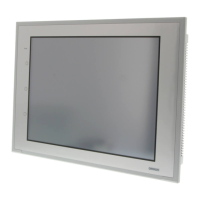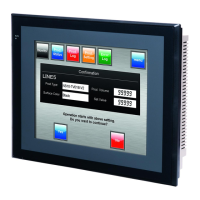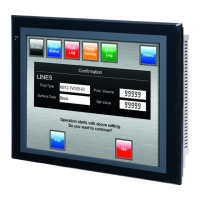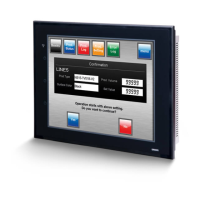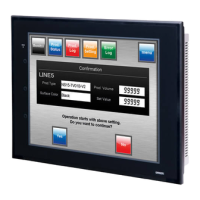5-1 Connecting to Host Via Ethernet
5-7
IP Address Table Method
Whereas the automatic generation method obtains the IP address from the FINS node num-
ber, the IP address table method converts the FINS node number to the IP address based on
a preset conversion table (IP address table).
The IP address table is configured from the system settings using Support Software (CX-
Programmer, SYSMAC-CPT, SYSMAC Support Software, or CV Support Software Ver.2 or
later). Refer to the SYSMAC CS/CJ Series Ethernet Unit Operation Manual (W343) and
SYSMAC CVM1/CV Series Ethernet Unit Operation Manual (W242) for details on setting
methods.
Nodes that have different net IDs for different segments can also be registered.
· IP Address Table Method Characteristics
The IP address table method simply prepares a conversion table, offering the advantage of
allowing the correspondence between FINS node numbers and IP addresses to be created
freely.
This method is, however, subject to restrictions. The IP address table allows registration of up
to 32 corresponding addresses only, so no more than 32 nodes, including the local node, can
be registered. If there is no correspondence, the remote FINS node number is not recog-
nized.
IP Table + Automatic Generation Method
This method combines automatic generation and the IP address table method.
First refer to the IP address table, and if the required FINS address is included in the table,
read the corresponding IP address. If the required FINS address is not included, calculate the
IP address using the automatic generation method.
Setting Routing Tables
Routing tables define the communications path between the local node and the network
containing the destination node. Routing tables are required to perform network communica-
tions. Routing tables consist of local network tables and remote network tables.
Local Network Tables
A local network tables contains the unit number and network address for every Communica-
IP address
18
FINS node
numbe
